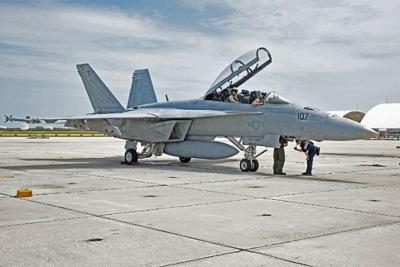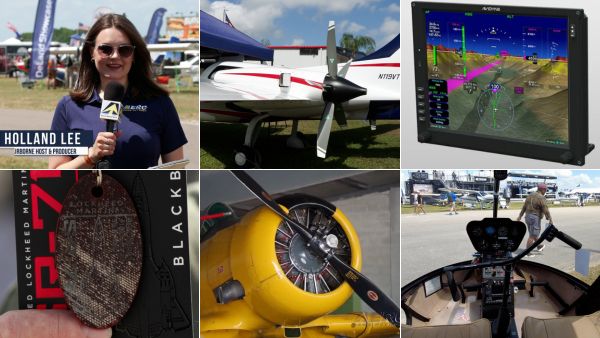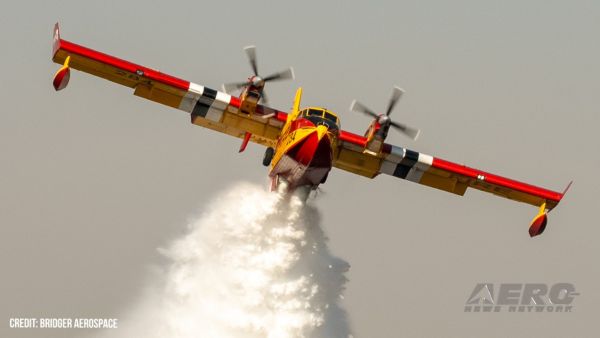Completes 100,000 Sorties Using TCTS August 2
The Navy completed the debrief for the 100,000th sortie using the Tactical Combat Training System (TCTS) Aug. 2, at Naval Air Station (NAS) Key West, marking the most sorties flown on naval ranges using the system.

The sophisticated TCTS - in use for more than a decade - is the high velocity learning tool managed by Naval Surface Warfare Center Corona for the Navy and Marine Corps. It provides live monitoring and control during mission execution, plus a fully instrumented event reconstruction debrief, similar to "coaching tape" debriefs in pro football.
"Over the years, thousands of visiting pilots have trained with our outstanding pilots from the Sun Downers of Fighter Squadron Composite 111 using this system that has been expertly managed under the guidance of [NSWC Corona's Key West] Range Systems Manager Orville Brown," said Capt. Bobby Baker, NAS Key West commanding officer. "Bravo Zulu to the entire TCTS team."
"The debriefing of pilots - where they learn what they did right and what they did wrong - is the key," said Brown, who's been at Key West for the last 18 years. "Many aircrew find the training they receive as a textbook for them to succeed as pilots."
An F/A-18F Super Hornet pilot attached to Strike Fighter Squadron 32, the Fighting Swordsmen, out of NAS Oceana, Virginia, set the milestone during an afternoon sortie Aug. 1.
"TCTS Ranges across the country allow fighter aircraft and aircrew to conduct the most realistic training possible without going into actual combat," said pilot Lt. Cmdr. Brad "DUG" Williams. "Key West provides U.S. Navy aircrew the absolute best tactical air-to-air training ranges, and the support we receive from [Corona's] staff at TCTS is world-class. [What] Corona provides the warfighter has a direct contribution to ensuring we remain the preeminent military force in the world."
Sometimes referred to as "the engine behind Top Gun," NSWC Corona manages TCTS at Navy and Marine Corps tactical ranges across the country that support training from single platform to unit-level operations to complex, multi-platform scenarios typical of fleet exercises. NAS Fallon currently has the second-most sorties with nearly 80,000 and Marine Corps Air Station Yuma, Arizona, has the third-most with nearly 56,000.
Key West - the nation's southernmost range - supports high fidelity training used by fleet carrier air wings, strike fighter squadrons and Navy F/A-18, EA-18G and F-35 fleet replacement squadrons. The Key West Tactical Training Range began as a small detachment of the Homestead Air Force Base in Florida in 1989 using the TCTS predecessor, the Tactical Air Combat Training System, which used ocean towers to track an area approximately 1,800 square miles. In March 2006, it became the first tactical training range to employ TCTS, which uses GPS tracking, increasing the range to more than 32,000 square miles of unencumbered trackable airspace.
Brown said this historic milestone highlights the team effort between the NAS Key West Range Complex and the warfare center experts who strive to provide warfighters with the best training experience.
Williams and Lt. Drew "Toekin" Kocher said they were honored to have been part of the Key West legacy.
That's what keeps Brown and his team hard at work. "Every day we get to work with these pilots," Brown said of some of the world's finest aviators. "This is what makes the job so rewarding."
NSWC Corona is headquartered in Norco, California, and is also the premiere center that analyzes warfare and missile defense systems and sets measurement and calibration standards for the Navy and Marine Corps. Capt. Stephen Murray, NSWC Corona commanding officer, oversees more than 3,200 scientists, engineers, contractors and support staff and annual business of more than $400 million each year.
(Image provided with US Navy news release)
 SilverLight Aviation Provides Updates
SilverLight Aviation Provides Updates Airborne Affordable Flyers 03.27.25: MOSAIC To Miss OSH?, Flight Design, Dynon
Airborne Affordable Flyers 03.27.25: MOSAIC To Miss OSH?, Flight Design, Dynon ANN's Daily Aero-Linx (04.01.25)
ANN's Daily Aero-Linx (04.01.25) ANN's Daily Aero-Linx (03.31.25)
ANN's Daily Aero-Linx (03.31.25) Aero-News: Quote of the Day (03.31.25)
Aero-News: Quote of the Day (03.31.25)



